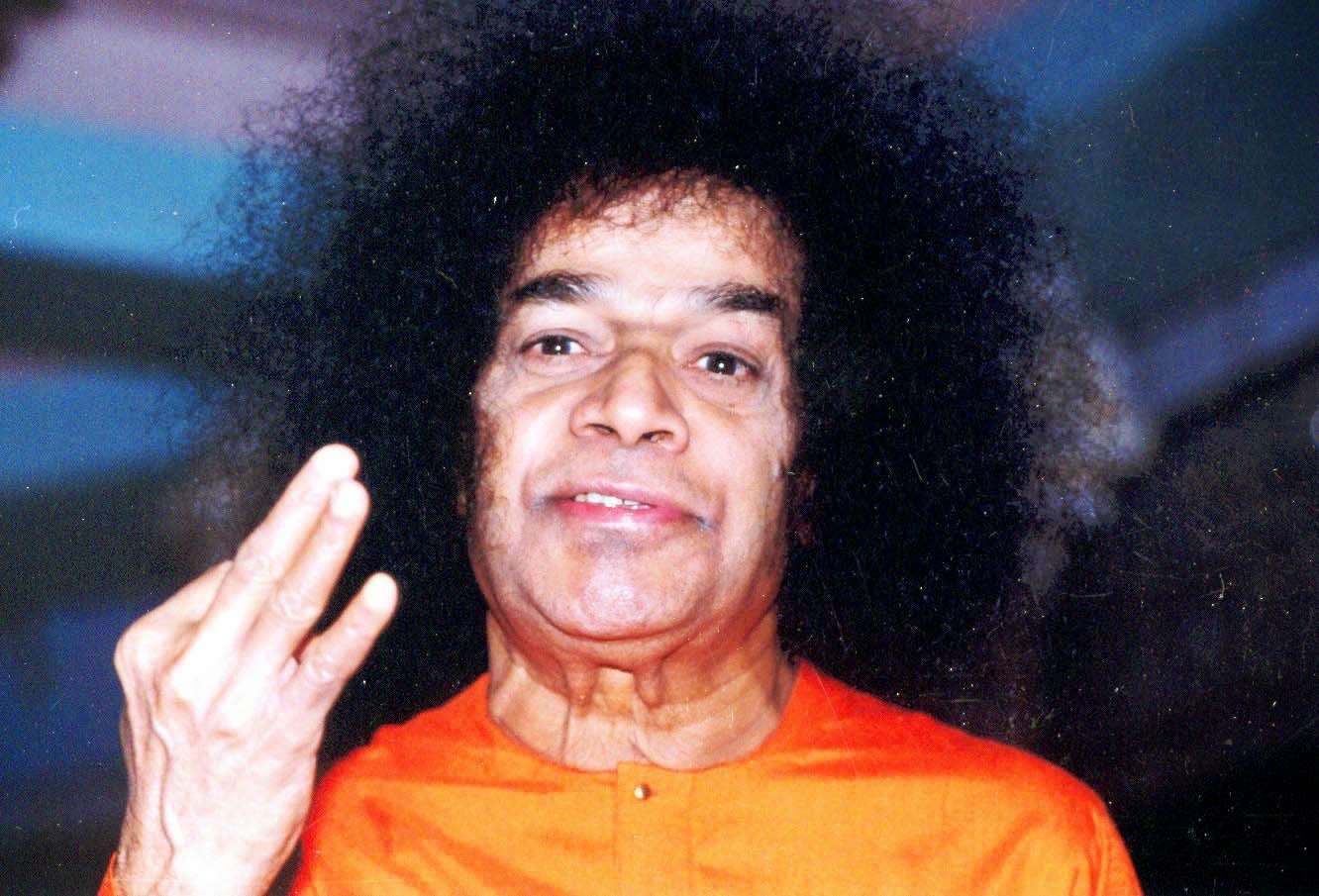A collection of men is known as Samaaj. The word Samaaj is derived from two words: Sam (unison) + Aaj (all). The fruits of collective activity should be distributed equally. The society by itself does not bear any specific form. The individuals who constitute the society have a form, characteristics and qualities. When the thoughts, feelings, speech and conduct of individuals in a society happen to be of good quality, the society prospers. When the society prospers, the nation progresses. As nations collectively progress, the whole world prospers.
Three things are important for our country. They are Khaadi (hand-woven cotton clothes, these symbolise the political leadership of our country); Kaavi (saffron coloured clothes, these are symbolic of renunciants); and Khaaki (snuff coloured clothes symbolising the law-enforcing agencies).
Khaadi represents the government (as people’s representatives generally wear Khaadi clothes in India from the time of the Indian freedom struggle led by Mahatma Gandhi) [i]; Kaavi represents the Sanyasis, the saints and the Gurus (as renunciants wear only saffron clothes after getting initiated into Sanyasa) and Khaaki symbolises the security agencies. When these three (political machinery + religious/spiritual heads + people of law enforcing agencies) discharge their duties properly, the country will certainly progress. The government should be righteous; the military and police should also be honourable and the saints and sages should guide the members of the society on the right path through impartial counsel and by their personal example.
Note:
[i] Khaadi is not just a cloth, it is a whole movement started by Mohandas Karamchand Gandhi. The Khaadi Movement aimed at boycotting foreign goods and promoting Indian goods, thereby improving India’s economy. In 1920s, Mahatma Gandhi began promoting the spinning of Khaadi for rural self-employment and self-reliance (instead of using cloth manufactured industrially in Britain) in India, thus making Khaadi an integral part and icon of the Swadeshi movement. The freedom struggle revolved around the use of Khaadi fabrics and the dumping of foreign-made clothes. Thus, it symbolised the political ideas and independence itself, and to this day most politicians in India are seen only in Khaadi clothing. The flag of India is only allowed to be made from this material.
Source: Ideal Qualities of a Leader-Manager: Insights from Indian Scriptures, Chapter 12, Man Management: A Values-Based Management Perspective
Source: Ideal Qualities of a Leader-Manager: Insights from Indian Scriptures, Chapter 12, Man Management: A Values-Based Management Perspective



No comments:
Post a Comment